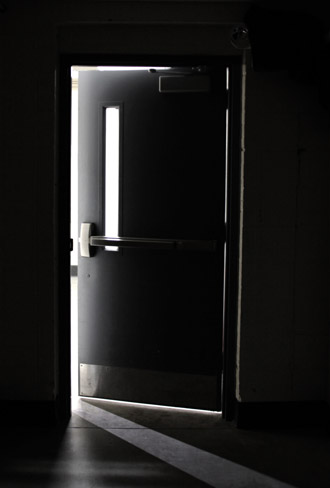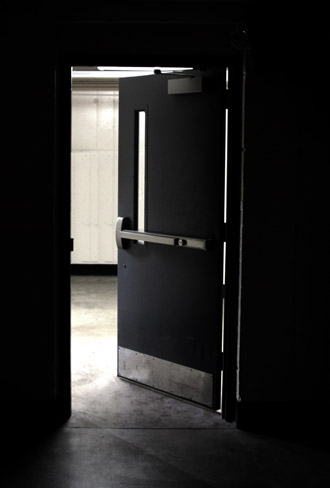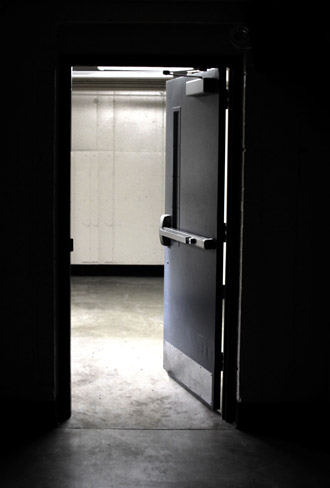1940s: Change from “Coaling Station” to Naval Station
 With war in Europe building and after several years in more-or-less standby status, the U.S. considers the advantages of Guantánamo Bay for a Naval Operating Base. President Roosevelt visits the Guantánamo Naval Base in February 1939 and later that year, work begins to convert Guantanamo from a “Naval Base” designated to be a coaling station to a Naval Station and training facility.
With war in Europe building and after several years in more-or-less standby status, the U.S. considers the advantages of Guantánamo Bay for a Naval Operating Base. President Roosevelt visits the Guantánamo Naval Base in February 1939 and later that year, work begins to convert Guantanamo from a “Naval Base” designated to be a coaling station to a Naval Station and training facility.
The transition takes place in stages. In October 1942 the Anti-Aircraft Training Center is established. In August 1943, a training group responsible for coordination and supervision of ships for shakedown and refresher training is in place. Guantánamo Bay is considered to be an outstanding training center for anti-submarine warfare and about 200 ships receive training at the Base between August 1943 and the spring of 1945.
To support the shift from the Naval Base specified as a coaling station to a full Naval Station¸ additional family housing units are built. Other improvements include a chapel with a seating capacity of 500, a library system with 20,000 books and numerous publications. A $.5M appropriation from Congress provides recreational facilities (twenty tennis courts, six volley ball courts, six basketball courts, three baseball fields, twenty softball fields, a new Officers' Club, a skeet range, a movie lyceum, three swimming pools, the Fleet Canteen and a nine-hole golf course).


